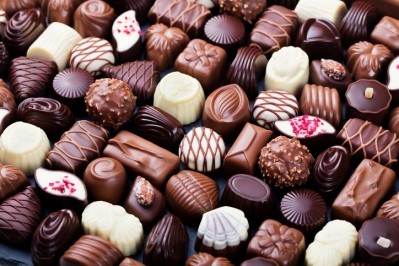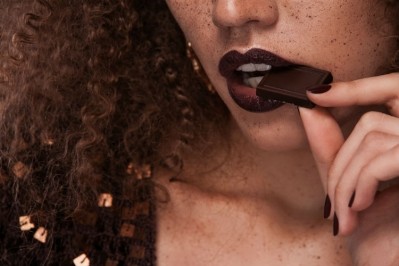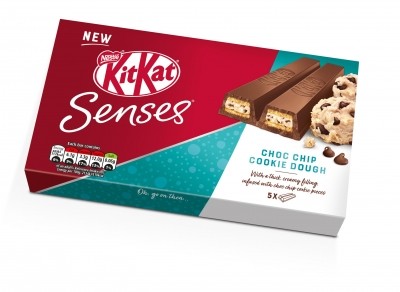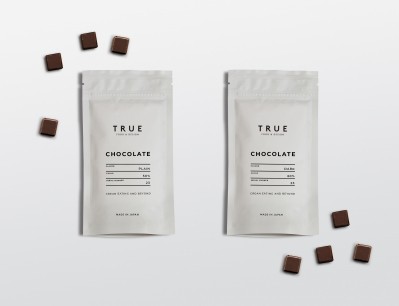Pink power: Japanese firms loving ruby chocolate ahead of Valentine’s Day
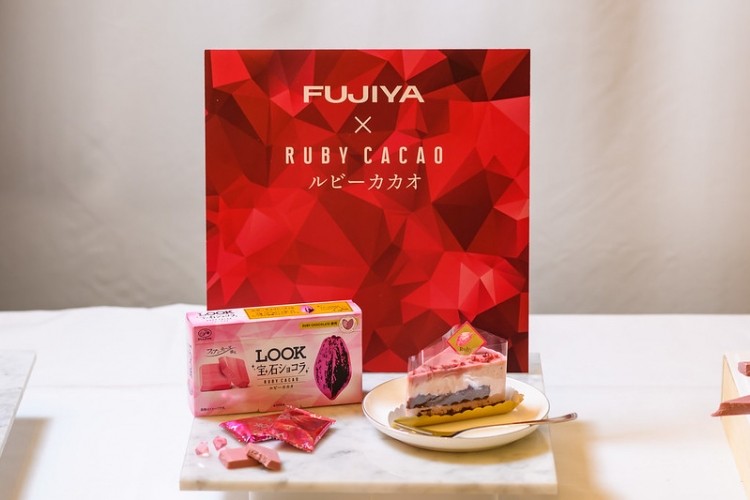
Ruby chocolate was first introduced to the world in 2017 by cocoa specialist firm Barry Callebaut, and was marketed as the world’s fourth type of chocolate after the more conventional milk, dark and white chocolate varieties.
The chocolate owes its uniqueness to two major factors: Its colour, a blushing shade of pink, and its flavour, which has been described as ‘fruitier’ than regular chocolates. Both of these attributes are natural properties of the ruby beans from which the chocolate is made.
Barry Callebaut has been persistent in marketing this chocolate worldwide since it was first launched, going as far as China, India and Indonesia – but Japan has emerged as one of ruby chocolate’s biggest markets so far.
According to the company’s Managing Director for Japan, Pascale Meulemeester, this can be attributed not only to the chocolate’s unique look, but also Japanese consumers’ open-mindedness and curious mindsets.
“For decades, the Japanese consumers’ preferences and cultural inclinations have trail-blazed trends in the region and beyond,” she said.
“In the past year alone, we have witnessed the market embracing Ruby as a breakthrough innovation and is leading the world with ideas and applications that are setting a new standard for creativity and expertise in the market.”
One of the firms in this market is local confectionary and cake manufacturer Fuijya, best known for items such as its Milky soft candy, chocolates and caramel bonbons – as well as its mascot, the ‘eternally six-year-old’ cartoon character Peko-chan and products with her name and face on them.
“Ruby chocolate brought new air (sic) into the development of cakes at Fujiya pastry shops, as well as our chocolate brand LOOK,” a Fujiya spokeswoman who declined to be named told FoodNavigator-Asia.
“[This included attracting] customers interested in ruby chocolate to visit Fujiya pastry shops, [for example during the Christmas season] when we introduced our Ruby chocolate cake on YouTube through a tie-up video with a popular idol.”
“The interest from the age group of the followers of the idol who appeared in the video coincided with the interest in ruby chocolate, creating a synergistic effect that helped customers rediscover Fujiya and led to more store visits and reservations than expected.”
The firm also emphasised that the main demographic that is interested in ruby chocolate in Japan is young women – likely due to its pink colour.
Valentine’s Day pull
The colour pink is also strongly associated with Valentine’s Day, and as such many food and beverage firms in the country have been quick to find ways to innovate pink products using ruby to match the occasion.
Apart from local firms like Fujiya looking to push out its ruby chocolate-based LOOK Jewel Chocolat and Ruby Cacao Cream Cake in conjunction with Valentine’s, MNCs such as Morinaga and Nestle Japan are also doing the same with their ruby-based Carré de Chocolat and KITKAT Chocolatory Ruby 2020 Assortment respectively.
All in all, Barry Callebaut estimates that around 100 different ruby chocolate products will be produced in Japan for the occasion, retailing across over 50,000 sales and distribution points and going across formats including chocolate bars, bonbons, ice creams, biscuits and more.
Coping with demand
That said, at present all of Japan’s ruby chocolate is being imported and Meulemeester added that the firm was planning to make changes such that its local production plant would be able to cope with rapidly rising local demand.
“Barry Callebaut’s chocolate factory [in Japan] is located in Takasaki (100 km northwest of Tokyo), [and it] is preparing to also produce Ruby chocolate locally for specific confectioneries and customers,” she said.
